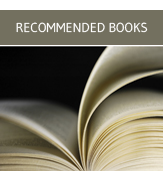In Case You Missed It Part 4 - Another Selection of Recent Acquisitions
We are back with another highly subjective selection of titles recently added to our collection (late winter - spring, mostly) that may not have benefited from high-profile reviews or big promotion budgets, but that caught our eye. This is a fairly lengthy list (we had to "cut ourselves off" as the list grew like a weed), but this is just the beginning when it comes to new arrivals. To see additional recent books, check our monthly New Books lists, always available on our website (in the "Marginalia" column on the left of our home page) and at the Reference Desk.
Looking for more to read? See previous “In Case You Missed It” posts here (#1), here (#2), and here (#3). And don't miss these recently-posted lists of new books on African-American History and Women's History. To see more book recommendation articles on a wide range of subjects and genres, click here.
Jump to: PHOTOGRAPHY | LITERATURE, FICTION, BELLES LETTRES, CRITICISM | HISTORY | BIOGRAPHIES, MEMOIRS, JOURNALS | ART | SCIENCE | PHILOSOPHY & RELIGION | ANTIQUITY
PHOTOGRAPHY
Where We Find Ourselves: The Photographs of Hugh Mangum, 1897–1922 | Margaret Sartor and Alex Harris, eds. 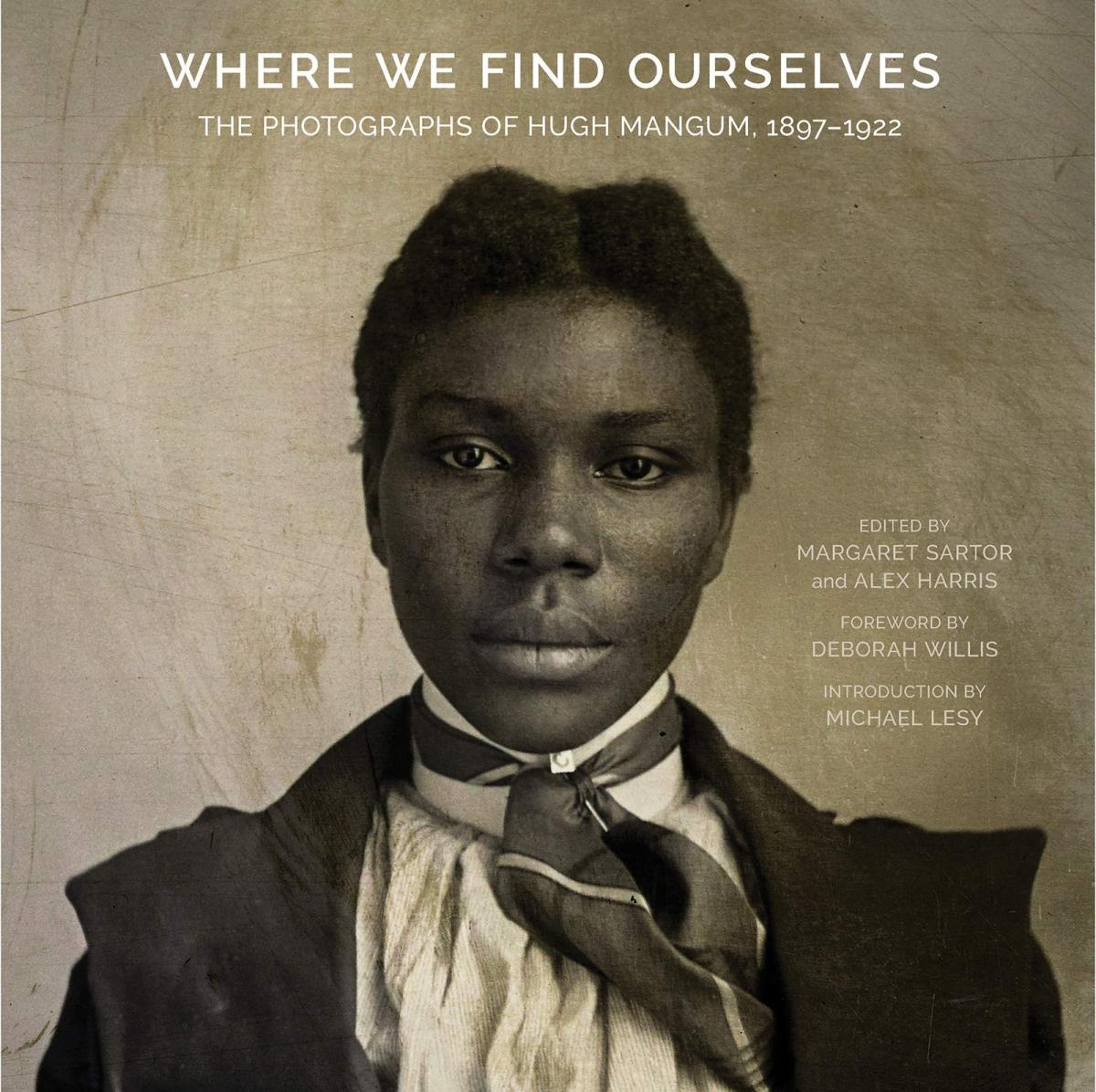
There is little chance you ever heard of Hugh Mangum, and little chance he expected to be remembered after his death in 1922. Mangum was an itinerant portrait photographer, working in and around the Carolinas, setting up his camera and capturing portraits for a diverse cast—black and white, moneyed and working-class, well dressed and mud-caked. His negatives were stored in a tobacco barn and rediscovered decades after his death. The photographs are beautifully reproduced in this volume that accompanies an exhibition at Duke University. “Interesting on so many levels, this is Americana at its most compelling, real buried treasure brought to life” raves Library Journal. Read about the exhibition and see a sampling of images here. The introduction is by Michael Lesy, and if you are a fan of his Wisconsin Death Trip this book (although not as dark) is likely for you. Admirers of the artful vernacular studio portraits of rural America by Disfarmer should also take note.
Bound for Glory: America in Color, 1939-43 | introduction by Paul Hendrickson; FSA/OWI Collection, The Library of Congress
Years of exposure to the powerful and ubiquitous work of FSA/OWI photographers like Walker Evans, Dorothea Lange, and Gordon Parks has made their images inseparable from our understanding of what the Depression years in American were like. If someone asks you to imagine America during these years, you’ll likely call to mind images of a steely-faced and weary population as they face their dwindling options—and the images in your mind are undoubtedly in black and white. In an odd parallel development, Kodachrome film was invented in 1935, and many of the FSA/OWI photographers experimented with it. This volume comprises 175 of these images, and oh, what a difference the color makes. Rather than monuments of the past, the people pictured seem like they could be your contemporaries, their lives more vibrant than you imagined they might be. The images are beautiful and revelatory, this book is chock full of surprises.
Exposing Slavery: Photography, Human Bondage, and the Birth of Modern Visual Politics in America | Matthew Fox-Amato
This book contains an important argument for the early power of the photographic image. Shortly after the arrival of the daguerreotype from France, photography became cheaper and more popular and Americans everywhere sat for portraits, including free and enslaved African-Americans. Fox-Amato argues that the exposure to images of black women and men changed American attitudes about slavery and the humanity of the enslaved. The Wall Street Journal proclaims “No one who reads Exposing Slavery will ever see antebellum and Civil War-era photographs of black Americans in the same way again. Quite apart from the author's thorough research and tight prose, the many accompanying photographs are superlatively reproduced on high-quality paper, making them seem as crisp and striking as the day they were made."
Sun Gardens: Cyanotypes by Anna Atkins | Larry J. Schaaf, ed. 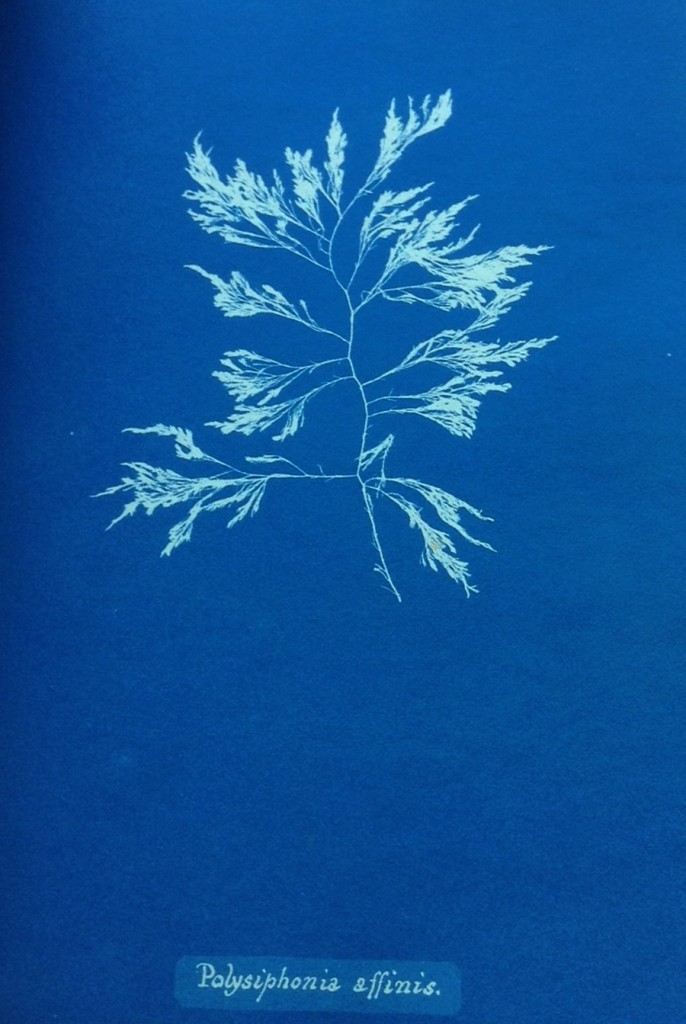
Anna Atkins came of age at the birth of photography. In 1843, she learns how to make cyanotypes, and uses this process to photograph her collection of seaweeds. Shortly thereafter, she published Photographs of British Algae: Cyanotype Impressions, the first book to be illustrated with photographs, and the first substantial application of photography to science. Atkins’ pioneering work was recently presented in a beautiful exhibition at the New York Public Library, and this gorgeous volume was published to accompany the exhibition. Contained within are dozens of haunting, intricate, and mesmerizing images of plants and algae, a powerful testament to Atkins’s skill with an emerging technology.
Monumental Journey: The Daguerreotypes of Girault de Prangey | Pinson, Steven C., et al.
In 1842, Joseph-Philibert Girault de Prangey, a French aristocrat, began a tour that would take him to many of the known ruins of the ancient civilizations surrounding the Mediterranean Sea. His tour is typical of his status save one important fact—he traveled with a full set of daguerrotype equipment and returned from his trip with around a thousand plates. Girauld de Prangey used these plates as reference for his paintings. His book of watercolors failed to sell and the plates were put away, discovered by accident in the sale of one of his properties. Writing in the New York Review of Books, Luc Sante says, "He was in every way a creature of his time, and yet he retained an open eye and an honesty about what he saw. He may have been drenched in preconceived notions, but his pictures do not suggest that they were bent or massaged to accord with an ideology. He preserved artifacts of the deep past as they stood in the more recent past, and, given how many have been destroyed or damaged in our own time (Baalbek, Aleppo, parts of Damascus and Jerusalem), his pictures are precious testimony in addition to being vigorous works of art."
LITERATURE, FICTION, BELLES LETTRES, CRITICISM
Salt on Your Tongue | Charlotte Runcie
The publisher calls this book “an ode to our oceans—to the sailors who brave their treacherous waters, to the women who lost their loved ones to the waves, to the creatures that dwell in their depths, to beach combers, swimmers, seabirds and mermaids.” The Guardian praises it as “a delightfully idiosyncratic prose debut that mixes memoir with history and cultural criticism to explore some of the ways in which the sea inspires and connects women in art and life… never feels anything less than wholly authentic.”
Shelf Life: Writers on Books and Reading | Alex Johnson
Bilbiomania is explored in this centuries-spanning collection of essays, poems, lectures and commentaries that attempt to capture the particular relationships we form with our libraries. Published by the British Library.
Writers Under Surveillance: the FBI Files | JPat Brown, et al., eds.
Published by MIT Press, this book compiles FBI files on authors obtained with Freedom of Information Act requests. The files have been edited for length and clarity, but beyond that everything in the book is pulled directly from investigatory files. Authors include: Hannah Arendt, James Baldwin, Ray Bradbury, Truman Capote, W. E. B. Du Bois, Ernest Hemingway, Aldous Huxley, Norman Mailer, Ayn Rand, Susan Sontag, Gore Vidal, and more.
Who Wants to be a Jewish Writer? And Other Essays | Adam Kirsch 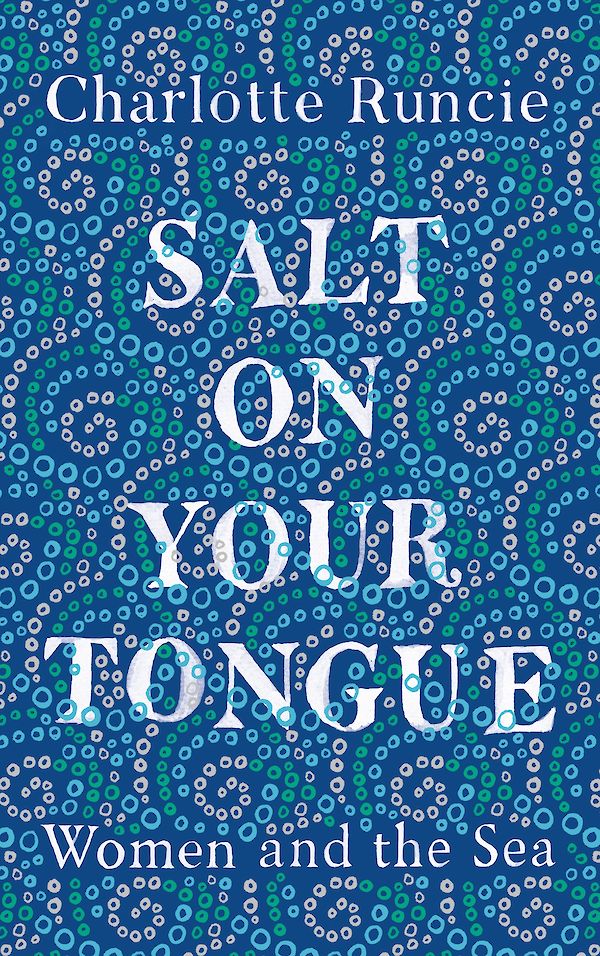
A new collection of essays by the acclaimed critic and poet on literature, religion, poetry, and the intersections between them, with a particular focus on Jewish literature. Many of these originally appeared in Tablet, The New Republic, Poetry, and elsewhere.
This is Shakespeare | Emma Smith
Who needs another book about Shakespeare? Well, if the combined voices of the reviewers are correct, maybe all of us. The Guardian raves, “What This Is Shakespeare gives the reader most of all, though, is a licence to enjoy the plays without the cultural and historical baggage they so often carry. Smith is, above all else, great fun, and it’s impossible not to get carried along on the tide of her enthusiasm. This Is Shakespeare is the best introduction to the plays I’ve read, perhaps the best book on Shakespeare, full stop.” Shakespeare scholar James Shapiro agrees, saying, “If I were asked to recommend one guide for readers keen on discovering what's at stake in Shakespeare's plays, This Is Shakespeare would be it.”
A Theory of the Aphorism: from Confusius to Twitter | Andrew Hui
Aphorisms are ubiquitous, but likely the least-studied literary form. From Princeton University Press, this book takes a critical and historical look at the aphorism across centuries and cultures.
A Fortunate Man (aka Lucky Per) | Henrik Pontoppian (translated from the Danish)
First published in 1904, Lykke-Per is Danish modernist bildungsroman about the ambitious son of a clergyman who rejects his faith and flees stifling life in the Danish countryside for the city. The novel encompasses a vast, fictional panorama of Danish society in an age of sweeping change. Pontoppidan won the 1917 Nobel Prize for Literature, and the New York Review of Books recently wrote that he “rules over the province of Danish letters with a grey-bearded authority akin to Leo Tolstoy’s or Henry James’s,” yet he is practically unknown in the U.S. Recent translations of his work could change that. Kirkus claims that this novel “…merits company alongside the best of Knut Hamsun and Thomas Mann.” You don't see that kind of praise every day. You can read Garth Risk Hallberg (City on Fire) on “Why More People Should Read This Danish Masterpiece” here.
The Young and Evil | Charles Henri Ford
Ford (1908-2002) was a poet, publisher, editor, novelist, photographer, and artist; a legendary figure whose life intersected with—and often influenced—major figures in the worlds of modernism and surrealism and more. First published in 1933, The Young and Evil is widely considered the first gay novel, and was based on the author's adventures amongst Greenwich Village bohemia. It was banned in the United States until the 1960's. Read Ford's fascinating obituary here.
A Delicate Aggression: Savagery and Survival in the Iowa Writers' Workshop | David O. Dowling
Since its founding, eighteen Iowa Writers Workshop graduates have won the Pulitzer Prize. A Delicate Aggression is a deeply-researched critical portrait of this prestigious and influential institution. The author profiles students, directors, and teachers over the past 70-plus years, analyzing “the impact of the Workshop on literary culture and the publishing industry” and how the program has changed through the years. Along the way, there are drunken brawls, boxing matches, shameless self-aggrandizement, ruthless hazing, and appalling episodes of sexual misconduct.
Solitude & Company: The Life of Gabriel Garcia Marquez Told with Help from his Friends, Family, Fans, Arguers, Fellow Pranksters, Drunks, and a Few Respectable Souls | Silvana Paternostro
This is clearly essential reading for admirers of Marquez’s work. Paternostro spent three months traveling around Latin America—Barranquilla, Cartagena, Bogotá, Mexico City— to interview friends and relatives for this oral biography and create this portrait of Marquez from unknown, striving writer to world famous Nobel prize winner. Also see these recent arrivals of newly published/translated Marquez: The Scandal of the Century: Selected Journalistic Writings, 1950-1984; I'm Not Here to Give a Speech (collected speeches).
HISTORY
They Were Her Property: White Women as Slave Owners in the American South | Stephanie E. Jones-Rogers 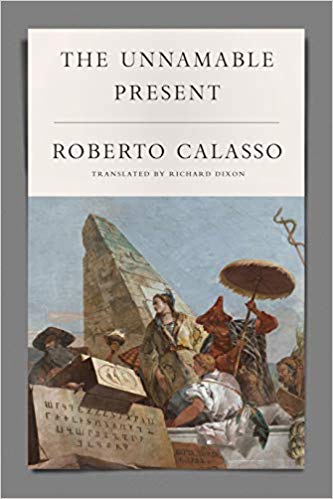
Proving that our understanding of slavery is still limited and riddled with our own prejudices and pre-conceived ideas, Stephanie E. Jones-Rogers issues this corrective about the ownership roles that white women occupied. Earlier scholarship imagined white women as “reluctant actors.” Jones-Rogers, a professor at UC Berkeley, demonstrates that slave owning women in the South were ubiquitous, quick to defend the institution, and profiting from its practice. “This scrupulous history makes a vital contribution to our understanding of our past and present,” writes Parul Sehgal in the New York Times. The Nation called the book “definitive” and reviews consistently and enthusiastically praised the prodigous research that went into it.
The Age of Questions, Or, A First Attempt at an Aggregate History of the Eastern, Social, Woman, American, Jewish, Polish, Bullion, Tuberculosis, and Many Other Questions Over the Nineteenth Century, and Beyond | Holly Case
The “social question,” the “Jewish question,” the “Eastern question”…Case contends that the difficult challenges facing the 19th century were often framed as questions, and in this Princeton University Press book she examines the language used by the era’s leaders to understand what they were up against. The LA Review of Books describes the book as “path-breaking…roving and ambitious, with an unusual literary-philosophical sensibility…joining erudition with a poetic if occasionally enigmatic style, this book shivers with the restless spirit of the age it describes.” The TLS: “An imaginative and intriguing book… a dazzling display of erudition…elegant, witty…"
Pagan Light: Dreams of Freedom and Beauty in Capri | Jamie James
James meanders through the lives of those who have decamped to the small Italian island of Capri to find sexual and artistic freedom. Spanning antiquity through the 20th century, populated with colorful figures well-known and obscure, Pagan Light is part travelogue, part history, and part literary analysis.
Votes for Women! A Portrait of Persistence | Kate Clarke Lemay
This is a beautifully presented, richly-illustrated, history of women's suffrage in the United States, highlighting under-recognized activists. The curators of The Library's current exhibition, "Women Get the Vote: A Historic Look at the 19th Amendment," have reported back with enthusiastic praise about this one.
Underground: A Human History of the Worlds Beneath our Feet | Will Hunt
Author Will Hunt has spent more than a decade “climbing down into stony catacombs and derelict subway stations, sacred caves, and nuclear bunkers” so that we don’t have to. His debut combines travelogue, history, anthropology, and archaeology to explore the mythologies and unique histories of the netherworld. The Guardian calls the book “beautifully written, with all the narrative drive of an adventure story” and Booklist praises its “fascinating, eerie, and otherworldly tone.”
El Norte: the Epic and Forgotten Story of Hispanic North America | Carrie Gibson
Booklist calls Gibson’s book “an ambitious history of the U.S. that focuses on the country's often overlooked Hispanic origins…covering five centuries of events, people, and immense cultural shifts… containing useful maps, a time line, selected bibliography… exhaustively researched and well-written.” See this recent arrival, as well: América: the Epic Story of Spanish North America, 1493-1898, by Robert Goodwin.
The Unnamable Present | Robeto Calasso
Strange how this new book by an important, acclaimed author (Ruin of Kasch, Marriage of Cadmus & Harmony), emerged so quietly. After writing about Kafka, mythology, Baudelaire, Tiepolo, Talleyrand, and more in his previous books, here Calasso takes a look at the 21st century, the unnamable present of the title, in a quest to locate the origins of our elusive, impossible age. Tourism, terrorism, moral relativism, fundamentalism, secularism, hackers, and more are examined as Calasso roams through the centuries, the past always in dialogue with the present. As always, Calasso’s unsurpassed, wide-ranging knowledge of literature and history are on display as well as his ability to analyze and connect. Kirkus: “a deeply learned, allusive disquisition that brings in Walter Benjamin, Leibniz, the Bhagavad-Gita, and more.” Read an excerpt in the Paris Review here.
Women's War: Fighting and Surviving the Civil War | Stephanie McCurry
Stephanie McCurry is a Professor of History at Columbia University and the author of Confederate Reckoning, a finalist for the Pulitzer Prize. In her latest book, she challenges the idea that women are outside of war by revealing their vital and long-neglected role in the Civil War. In three sections, the book focuses on Confederate spies Clara Judd and Sarah Jane Smith, recently emancipated slaves, and white women riding out the storm of Reconstruction.
BIOGRAPHIES, MEMOIRS, JOURNALS
I Will Never See the World Again | Ahmet Altan (translated from the Turkish) 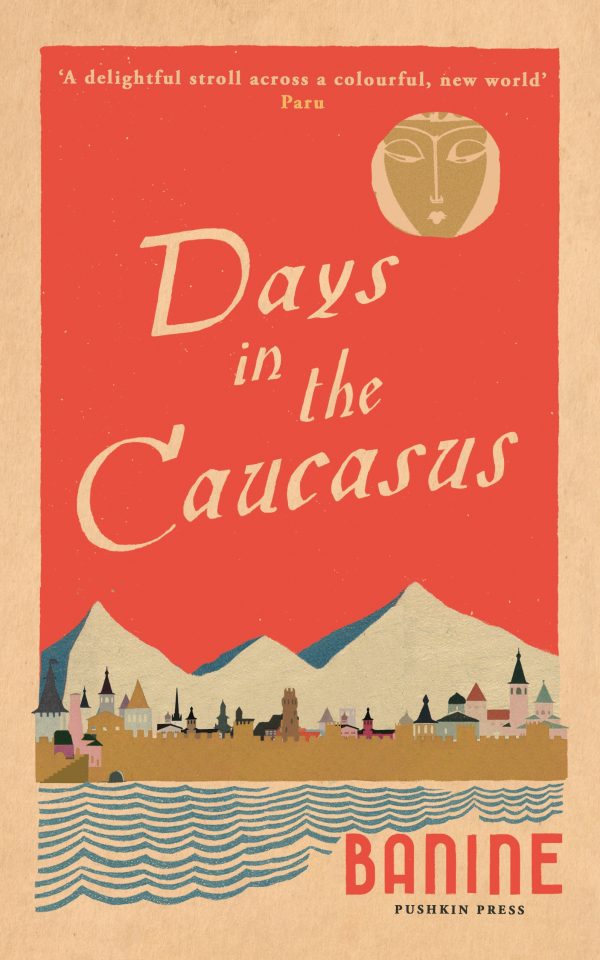
Ahmet Altan is a Turkish novelist, imprisoned by the Erdogan regime in 2016 for the crime of sending subliminal messages to coup supporters. He has been sentenced to life imprisonment. Altan wrote this memoir as a series of essays, submitted as personal notes to his lawyers, and then given to his friend Yasemin Çongar, who translated them to English. In their review, The Spectator warns us not to assume that the book’s value is simply from its existence, but rather it’s the quality of Altan’s thoughts and prose about his appalling situation.
The Photographer at Sixteen: The Death and Life of a Fighter | George Szirtes
If the name of poet George Szirtes seems familiar, it’s most likely from his work as a translator. He has translated several authors that are favorites among our members, including Sandor Marai (Embers, Esther’s Inheritance) and Magda Szabo (The Door). In this “exquisitely told memoir” (The Spectator), Szirtes investigates what led his mother, a Holocaust survivor, to take her own life at the age of 51. Writing in the Financial Times, Miranda Seymour says “Szirtes has made her monument. It is a courageous and remarkable achievement. I’ve read no memoir that moved me more.”
Who’s in Who’s out: The Journals of Kenneth Rose (volume 1, 1944-1979) | D.R. Thorpe, ed.
Journalist and author Kenneth Rose kept a journal for 70 years, and when died aged eighty-nine in 2014, he left 350 boxes containing six million words. The present volume is the first of this edited material to be published. The Dictionary of National Biography compares his journals to “those of Sir Walter Scott, [offering] an unrivalled insight into the great men of his day and the social fabric of the nation over seven decades.” Rose was an acclaimed author of exhaustively researched biographies and histories, and wrote a column for the Sunday Telegraph for 36 years. His social and professional associations—literature, politics, academia—were wide-ranging. Jane Ridley, in the Literary Review writes: “As a history of the Establishment in the second half of the 20th century, these journals will become indispensable and definitive… combining sharp observation and anecdote with political and social insights. They are also extremely entertaining.”
My Young life: A Memoir, 1944-1964; The Bronx, Manhattan, Mexico, Syracuse, Alphabet City | Frederic Tuten
In this memoir, the novelist, essayist, and critic recalls his personal and artistic coming-of-age in 1950s New York (with a few side trips to the other sub-titular locales). Several reviewers praised Tuten’s generous, warm, humorous tone throughout. “Tuten’s [memoir], dry and tender, brings something I don’t think I’ve ever encountered in any other young man’s artistic coming-of-age” (L.A. Review of Books).
Life in Culture: Selected Letters of Lionel Trilling | Adam Kirsch, ed.
Among the recipients of the letters collected here are mid-20th century writers and intellectuals such as Jacques Barzun, Edmund Wilson, Allen Tate, Allen Ginsberg, Saul Bellow, Norman Podhoretz, and Susan Sontag.
Days in the Caucasus | Banine
Originally published in 1945 in Paris, and available here translated into English for the first time, this memoir is a unique view into the turbulent history of Azerbaijan on the eve of the Soviet Revolution. Banine, born Ummulbanu Asadullayeva to a peasant family, and her relatives find themselves extraordinarily wealthy with the discovery of oil beneath their land. The Spectator describes it thusly, “Days in the Caucasus is a romantic and gloriously comic account of a heady and turbulent youth spent on the shores of the Caspian. Spanning the last days of the Russian empire and the establishment of Soviet power in the Caucasus, Banine’s autobiography captures a rarefied world on the brink of extinction.”
The Impeccable Spy: Richard Sorge, Stalin’s Master Agent | Owen Matthews
Even if you devour most of the real-life espionage books the Library acquires, you might not have met anyone like the subject of this book. From The Guardian, “I think it is fair to say, though, that no matter how many of those stories get told, none will be as absolutely belief-beggaring as that of Richard Sorge…He was, simultaneously, a member of the Soviet Communist party and of Germany’s Nazi party; special adviser to the German ambassador, and lover of his wife; outrageously indiscreet barfly in Tokyo’s louchest nightspots, and supplier of the most startling secrets to the Soviet Union’s spy agency.”
Gropius: The Man Who Built the Bauhaus | Fiona MacCarthy
In this absorbing biography, Fiona MacCarthy seeks to flesh out the man behind the Bauhaus. There is no doubt that Walter Gropius left his mark on the twentieth century, not only his buildings, but also his students, who include Philip Johnson, I.M. Pei, and Anni Albers among them. MacCarthy focuses her research away from the academy, looking at the man often remembered as nothing but a chilly theorist. Writing for The Times, Laura Freeman declares, “by the end of this commanding, intelligent, gripping biography, I was…strangely mesmerised by Gropius the man.”
ART
The World Between Empires: Art and Identity in the Ancient Middle East | Blair Fowlkes-Childs and Michael Seymour 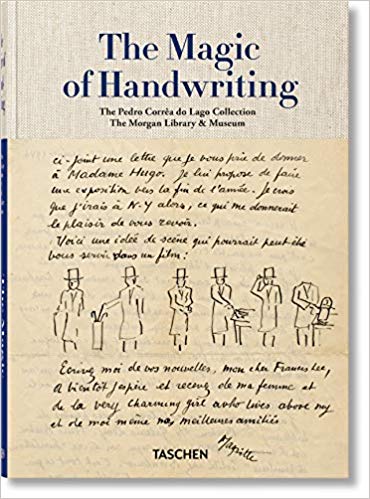
A lovely catalog from the outstanding exhibition at The Metropolitan Museum of Art (through June 23) exploring the art and culture of the ancient civilizations and major trade routes situated between Rome and the Middle East from 100 B.C. to A.D. 250. The cultures of Timna, Petra, Baalbek, Palmyra, Dura-Europos, and Hatra are examined here together for the first time, capturing the intricate web of influence that emerged in the region through the exchange of goods and ideas. Several of the archaeological sites featured, including Palmyra, Dura-Europos, and Hatra, have been damaged in recent years by deliberate destruction and looting, and the exhibition also examines these events and responses to them.
To See Clearly: Why Ruskin Matters | Suzanne Fagence Cooper
A brief but enthusiastic appreciation of John Ruskin’s skills as a writer and critic, with an emphasis on how he saw “the glories and the contradictions of life, and taught us how to see them as well.” The author was a curator and Research Fellow at the V&A Museum and is the author of The Model Wife: The Passionate Lives of Effie, Ruskin and Millais.
The Magic of Handwriting: the Pedro Corrêa do Lago Collection | Christine Nelson, et al.
Published in conjunction with an exhibition at the Morgan Library & Museum in 2018. Pedro Corrêa do Lago has built one of the world’s finest autograph collections, encompassing 900 years of handwriting from legendary figures across art, literature, science, music, philosophy, and history. The TLS: “The sheer scope and richness of this sampling of Corrêa’s collection are astonishing… The magic of handwriting is palpable to anyone leafing through this magnificent collection.”
Elegy Landscapes: Constable and Turner and the Infinite Sublime | Stanley Plumly
Plumly (1939-2019) was an acclaimed American poet, whose work and scholarly interests revealed a devotion to the British Romantic poets, particularly Keats. In Elegy Landscapes, he chronicles John Constable's and J.M.W. Turner's works as well as reception, comparing and contrasting their paintings over the course of their lives, showing how tragic life events shaped the phases of their work and influenced their striving for the sublime. Kirkus’ reviewer notes that “As a poet, the author is a particularly effective art historian, capable of re-creating these sublime masterpieces with his inspired prose.”
Daily Rituals: Women at Work | Mason Currey
Perhaps you were among the many readers who delighted in Mason Currey’s first book Daily Rituals: How Artists Work, a compendium of the habits and compulsions of many of the great creative minds in history that brims with strange and fascinating minutiae (Beethoven used exactly 63 coffee beans for his cup of coffee, Balanchine liked to choreograph by ironing, etc.) This is a continuation of the first, and rectifies what Currey sees as fault of his earlier work—that only 27 of the original 161 artists profiled were women. Find out how these writers, painters, dancers, and poets got to work and from where they drew inspiration. Just like the first, this is much more than a collection of trivia. Rather, it’s a fascinating collection of our greatest thinkers at their most mundane, which allows you to see the work that undergirds the magic.
SCIENCE
The Human Swarm: How Our Societies Arise, Thrive, and Fall | Mark W. Moffett 
“A delightfully accessible and ingenious series of lessons on humans and our societies” (Kirkus). Mark Moffett is a research associate at the Smithsonian and a scholar at Harvard's Department of Human Evolutionary Biology. In his new book, he draws on research in psychology, sociology and anthropology to explain the social adaptations that bind societies. He explores how the tension between identity and anonymity defines how societies develop, function, and fail and compares human communities to those in the animal world, arguing that human societies resemble large ant populations more than they do that of chimps or bonobos, our closest genetic relatives. Library Journal: “Highly recommended for fans of Jared Diamond's Collapse: How Societies Choose To Fail or Succeed and Yuval Harari's Sapiens: A Brief History of Humankind.”
Our Universe: an Astronomer's Guide | Jo Dunkley
Publisher’s Weekly: “Dunkley (British astrophysicist and Professor of Physics at Princeton University) offers a fascinating, accessible introduction to the universe, covering topics ranging from the Big Bang and the "cosmic dawn" of the first stars to the ongoing search for exoplanets and for dark matter and energy.”
Newton the Alchemist: Science, Enigma, and the Quest for Nature's "Secret Fire" | William R. Newman
Dmitri Levitin in the Literary Review raves: “…a masterpiece of scientific history . . . a book of genuine substance that will still be read in a century." When Isaac Newton’s alchemical papers surfaced in 1936, it looked as though the legendary physicist’s reputation as an exemplar of Enlightenment rationality was at risk of being traded for that of “the last of the magicians.” In this book, William Newman blends in-depth analysis of newly available texts with laboratory replications of Newton’s actual experiments in alchemy, providing a new understanding of Newton’s pursuit of empirical knowledge. Newman traces the evolution of Newton’s alchemical ideas and practices over a span of more than three decades and shows how in his hands alchemy was a tool for attaining the material benefits associated with the philosopher’s stone and an instrument for acquiring scientific knowledge of the most sophisticated kind.
PHILOSOPHY & RELIGION
Portraits of Wittgenstein (F. A. Flowers III and Ian Ground, eds.) 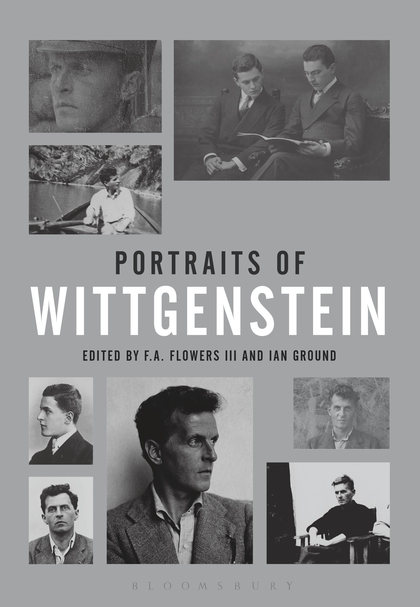
A collection of revealing memoirs and reflections from more than 50 people on one of the most influential and yet elusive personalities in the history of modern philosophy. Among others, Bertrand Russell, G. E. Moore, F. R. Leavis, A. J. Ayer, Karl Popper, Friedrich von Hayek, G. H. von Wright, Freeman Dyson, Iris Murdoch, Mary Midgley, and Mary Warnock are featured.
The Western Esoteric Traditions: A Historical Introduction | Nicholas Goodrick-Clarke
Published by Oxford University Press. An introduction to the Western esoteric traditions and a concise overview of their historical development with roots in Hermeticism, Neo-Platonism, and Gnosticism in the early Christian era up to today. Key influential figures like Paracelsus, Boehm, Swedenborg, Mesmer, and Blavatsky are featured, their doctrines and teachings explained. Choice: “[The author makes] key elements in this important but opaque tradition understandable to newcomers to the topic.”
Hot Protestants: A History of Puritanism in England and America | Michael Winship
Spanning from the 1540s to the 1690s, Winship’s book is uniquely broad in its transatlantic perspective, tracing Puritanism's tumultuous history, looking at the ways commercial trade and other factors fostered a mixing of cultures and a movement of people and ideas. “With a clear narrative tied together with helpful clarifications, Winship's cogent work nicely lays out the history of how puritans emerged from Protestantism” (Publishers Weekly).
ANTIQUITY
Series: Ancient Wisdom for Modern Readers 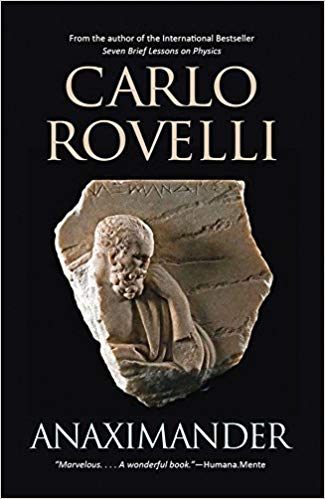
The Library recently received these volumes in this Princeton University Press series.
- How to be a Friend: An Ancient Guide to True Friendship | Marcus Tullius Cicero
- How to Die: An Ancient Guide to the End of Life |Seneca
- How to Keep Your Cool: An Ancient Guide to Anger Management | Seneca
- How to Think About War: An Ancient Guide to Foreign Policy: Speeches from The History of the Peloponnesian War | Thucydides
See all of the titles in this series held by the Library here and read more about it on the Princeton University Press web page
Tragedy, the Greeks and Us | Simon Critchley
Critchley is a Professor of Philosophy at the New School for Social Research. In his latest book he focuses on what tragedy is — and how it has existed in relation to the philosophy of classical antiquity. A wide range of close readings inform this work: Greek playwrights Euripides, Sophocles, and Aeschylus; Shakespeare, Beckett, and Brecht; Plato and Aristotle, as well as references to critical works on tragedy by philosophers and literary scholars such as Judith Butler, Terry Eagleton, and Anne Carson.
Anaximander | Carlo Rovelli (translated from the Italian)
Rovelli, a professor of theoretical physics at the University of Marseille, had a surprise “hit” with Seven Brief Lessons on Physics in 2016. In this new book, he presents the scientific work and life of Anaximander, the sixth-century BC Greek philosopher sometimes called the first scientist and whom Rovelli regards as "one of the intellectual giants of the ages." A reviewer in Choice writes that “aside from presenting the original ideas attributed to Anaximander from the extant fragments of his writings, Rovelli reflects on the nature of the scientific enterprise and critiques the misinterpretations of science by 19th-century certainty modes and 20th-century postmodernists who tend to venerate irrationalism.”
